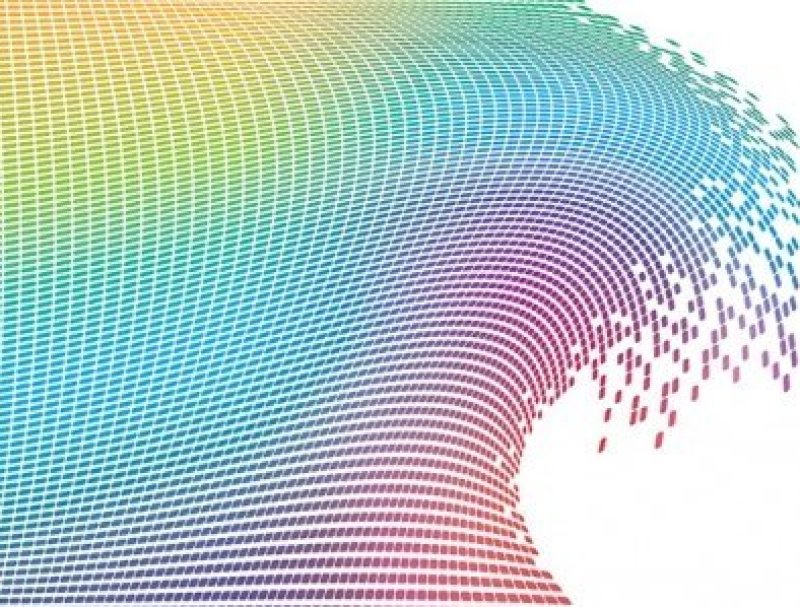The following is an edited excerpt.
DNA sequencing may soon be an everyday tool in life-science research and medicine. But a DNA sequencer doesn’t produce a complete genome that researchers can read like a book. It generates something like an enormous stack of shredded newspapers, without any organization of the fragments. The stack is far too large to deal with manually, so the problem of sifting through all the fragments is delegated to computer programs.
As sequencing machines improve and appear in more laboratories, the total computing burden is growing. Now computing, not sequencing, is slower and more costly aspect of genomics research.
Read the full story here: The DNA Data Deluge
Additional resources:
- “DNA machine can sequence human genomes in hours,” Guardian
DNA sequencing machines like the tiny MinION, developed last year, can sequence a genome in hours, producing a prodigious amount of data in a short period of time. - “Accord Aims to Create Trove of Genetic Data,” New York Times
If plans like the National Institutes of Health’s initiative to pool genetic data, discussed in this article, go forward, researchers may have find to find new ways of working with the information. - “Harvard cracks DNA storage, crams 700 terabytes of data into a single gram,” Extreme Tech
On the biotech side of things, last year Harvard researchers demonstrated that they could store 700 terabytes of data in a single gram of DNA.































